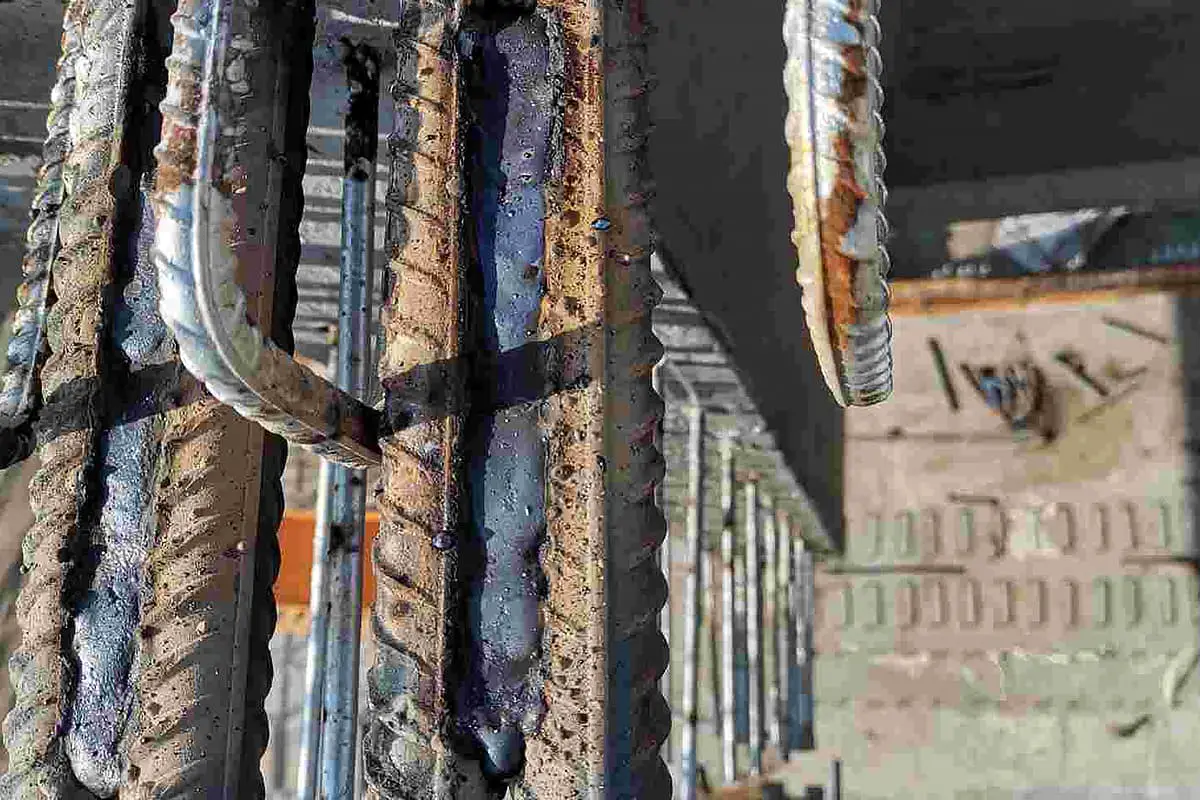How to Prevent Weld Undercut: Necessary Tips for Welders
Recognizing the Causes and Solutions for Undercut Welding in Metal Manufacture Processes
In the world of metal fabrication procedures, the incident of undercut welding presents a substantial obstacle that demands a detailed understanding of its causes and sensible solutions. The complex interaction of numerous variables during welding operations can lead to this unfavorable phenomenon, influencing the structural stability and total top quality of the welded joints - Preventing weld undercut. By dissecting the root causes of undercut welding and discovering efficient remedial measures, makers can raise the requirement of their handiwork and ensure the production of perfect metal components
Typical Root Causes Of Undercut Welding
Frequently forgotten in steel fabrication, undercut welding takes place due to different factors that require careful focus and know-how to be effectively alleviated. Additionally, inappropriate welding methods, such as utilizing the incorrect welding angle or take a trip speed, can likewise contribute to undercut formation. The option of welding criteria, such as voltage, current, and wire feed speed, plays a significant role in the occurrence of undercut welding.
Effect of Incorrect Welding Parameters
Imprecise welding parameters can considerably compromise the honesty and high quality of welded joints in steel fabrication processes. The effect of incorrect welding criteria materializes in various methods, resulting in structural weaknesses and problems in the bonded components. One crucial aspect impacted by incorrect welding criteria is the infiltration depth of the weld. Inadequate heat input as a result of reduced welding currents or exceedingly high travel speeds can result in poor combination in between the base metals, resulting in incomplete joint penetration and compromised bonds. On the other hand, extreme warmth input caused by high welding currents or slow traveling speeds can result in excessive and burn-through support, producing a brittle and unstable weld structure. In addition, inaccurate parameters such as improper voltage setups or incorrect electrode angles can add to unpredictable weld grain accounts, lack of blend, and enhanced chances of flaws like damaging. Therefore, thorough focus to welding parameters is vital to make certain the production of high-quality welds with the preferred mechanical homes and structural stability.
Result of Improper Torch Angle
Incorrect lantern angle in welding procedures can considerably influence the top quality and integrity of the final weld joints in metal fabrication processes. Undercutting is an usual welding defect where a groove creates along the weld toe, deteriorating the joint and compromising its structural honesty.
A lantern angle that is also steep can cause insufficient penetration, insufficient blend, and boosted spatter. On the various other hand, a torch angle that is too shallow can lead to extreme penetration, burn-through, and distortion of the base material. Preventing weld undercut. Proper lantern angle is important for making sure consistent weld high quality, strength, and look
To stop damaging and various other flaws brought on by inappropriate lantern angles, welders need to be trained to keep the right torch angle throughout the welding procedure. Regular monitoring and adjustment of torch angles during welding can help achieve audio welds with marginal problems.
Role of Inadequate Welding Methods

Another element of poor welding techniques is inappropriate weld preparation. Inadequate cleaning of the base steels, incorrect joint style, or not enough side prep work can all add to undercut welding. In addition, poor shielding gas coverage or using the wrong sort of gas can lead to insufficient combination and the formation of undercut problems.
To address the function of poor welding techniques in Resources metal manufacture processes, it is necessary to offer extensive training for welders. Proper education and learning on welding criteria, joint prep work, and shielding gas selection can aid protect against undercut welding and make certain top notch welds in metal construction jobs.
Efficient Solutions for Undercut Welding
Dealing with undercut welding in steel fabrication calls for executing effective options to improve weld top quality and architectural stability. Among the primary remedies to battle undercut is to change welding specifications such as voltage, existing, and take a trip rate to guarantee appropriate heat input and blend. By fine-tuning these settings, welders can protect against extreme melting of the base metal and filler product, reducing the possibility of undercut formation.
Additionally, correct joint preparation is crucial in protecting against undercut. Ensuring clean base steel surface areas cost-free of pollutants and utilizing the ideal bevel angle can assist advertise much better weld infiltration and lower the risk of undercut - Preventing weld undercut. Employing suitable welding techniques, such as oscillating the lantern or weaving, can likewise aid in dispersing warmth evenly and loading the weld joint effectively, decreasing the opportunity of undercut issues
In addition, picking the appropriate welding consumables, including electrodes and filler steels, is important in alleviating undercut. Making use of products with appropriate chemical make-ups and mechanical homes can contribute to attaining sound welds with very little undercut. Regular evaluation and top quality control measures must likewise be carried out to find and deal with undercut problems promptly, ensuring the general integrity of fabricated metal parts.

Final Thought
Finally, comprehending the reasons and options for undercut welding in metal fabrication procedures is essential for accomplishing high-quality welds. By attending to usual causes such as wrong welding specifications, inappropriate lantern angle, and insufficient welding strategies, welders can stop damaging and ensure strong, durable welds. It is vital to take note of these aspects and execute effective options to enhance the general welding see page process and final item quality.
